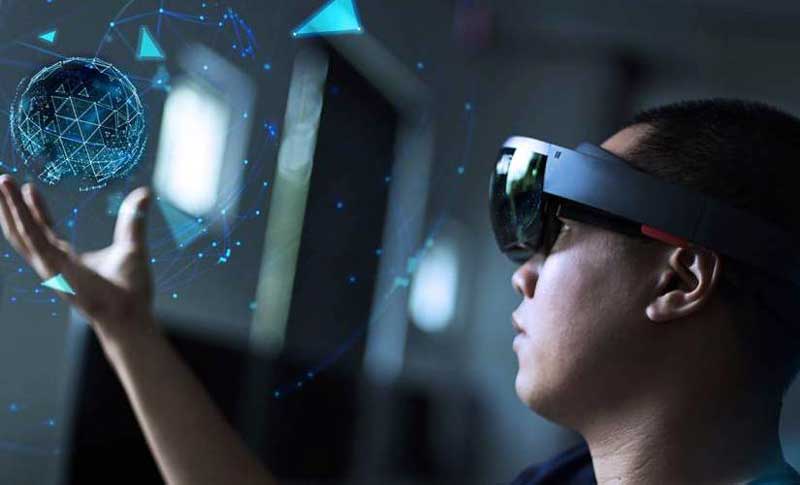If you’ve been quarantined due to Covid-19 stay-at-home orders, you might be eager to travel again — or at least visit your favorite places.
Thanks to virtual reality (VR), it is possible to “visit” places around the world without leaving home. Experts say these virtual excursions provide more than just entertainment; VR experiences, especially immersive ones, can help us feel calm and connected amid the Covid-19 pandemic.
A new Italian research paper looks at how immersive VR videos of a peaceful garden can address various psychological effects of the quarantine, such as stress and isolation, Giuseppe Riva, study author and professor of general psychology at Università Cattolica del Sacro Cuore in Milan, tells CNBC Make It.
For the study, which is taking place right now in Italy with 400 people over three months, the researchers posit that using VR can teach you how to be more mindful, provide a safe and comfortable “place” to reflect and be alone and help you maintain a sense of community. They suggest spending time in a calming VR environment (think: a virtual garden or the beach) in the morning, before bed and any other time you feel anxious throughout the day.
Immersive VR simulations, such as using a VR headset, can be “emotionally evocative,” Albert “Skip” Rizzo, Ph.D., director of medical VR at the Institute for Creative Technologies at the University of Southern California, tells CNBC Make It. Right now, heading to a virtual reality can help you develop relaxation strategies to cope with Covid-19 anxiety, and allow a bit of escapism.
“We define who we are through the memory of people and events that occurred within the different places we frequent,” Riva says. “But during the quarantine we can no longer go to the places that characterized our daily life and made sense of our identity.” Even our homes may feel out of control or unrecognizable.
“VR offers a safe and calm digital place where you can be alone and reflect about your situation and your problems [and] opportunities,” Riva says.
Other studies suggest that VR technology can be effective in treating post-traumatic stress disorder and teaching mindfulness.
Mindfulness, being aware of your internal state and surroundings, can be challenging to grasp. “In this sense VR helps, because [it] does not require imaginative skills and isolates the user from the surrounding experience,” Riva says. For example, if your kids are making noise or your partner is on a conference call, putting on a VR headset and following a relaxation prompt can make it easier to focus than closing your eyes and trying to meditate.
Rizzo says that some people find mindfulness more appealing when it’s done via VR. “If you put [mindfulness] in a compelling simulation, then you know you may engage the user to do more of it,” he says.
In addition to helping you tune out distractions, VR can help you interact with other people through shared virtual worlds. For example, Rizzo says he recently spoke on a virtual panel in which he could see and engage with an audience of other avatars.
“When you put on the headset in these virtual environments, you get the sense of being in that place, and you’re looking at an avatar representation of that person,” he says.
Similarly, using VR with someone else in your household can improve its efficacy, simply because you’re sharing the experience with someone else, Riva says.
If you’ve never experimented with VR before, know that you don’t have to buy a fancy headset to reap the benefits. You can find cheap cardboard headsets that work with your smartphone for less than $10 on Amazon. More advanced headsets can cost upwards of $300. Both experts agree that headsets allow you to isolate and immerse yourself more fully in the VR environment.
“However, without the headset, looking at the the video with a partner – also online – on the smartphone and following the weekly protocol provides some form of emotional relief,” Riza says.
In addition to relaxation tools and software, there are lots of VR games and activities (such as VR escape rooms) to explore while you shelter in place.







